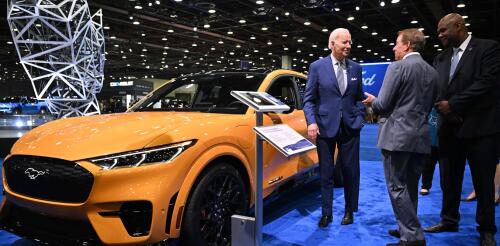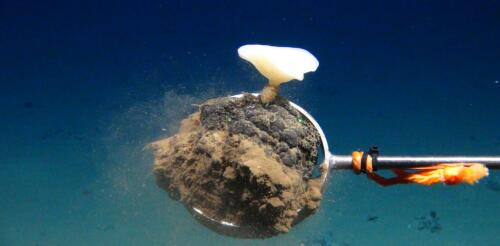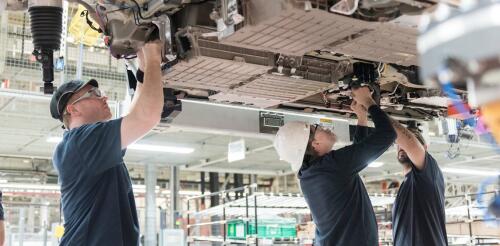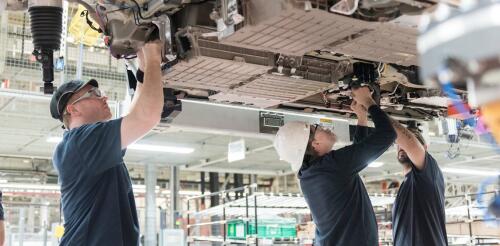Batteries
One big question keeps surfacing after the Biden administration announced plans to raise auto standards so sharply they would likely boost electric vehicle production to 67% of all new passenger vehicle sales in under a decade: Can automakers pull that off? The proposal would require a huge change in production and consumer choice. To put it in perspective, in 2022 about 6% of U.S. passenger vehicle sales were all-electric. I study the electric vehicle industry and policy. Here’s why I think the Environmental Protection Agency’s plan can succeed. Automakers have met tough targets before Automakers typically push back against tougher rules and often lobby to get standards relaxed. However, U.S. car companies have also shown that they can meet ambitious goals. When California began requiring that car companies sell a certain percentage of zero-emissions vehicles, its initial target translated to about 15% of all new car sales by 2025. Automakers quickly exceeded tha...
As companies race to expand renewable energy and the batteries to store it, finding sufficient amounts of rare earth metals to build the technology is no easy feat. That’s leading mining companies to take a closer look at a largely unexplored frontier – the deep ocean seabed. A wealth of these metals can be found in manganese nodules that look like cobblestones scattered across wide areas of deep ocean seabed. But the fragile ecosystems deep in the oceans are little understood, and the mining codes to sustainably mine these areas are in their infancy. A fierce debate is now playing out as a Canadian company makes plans to launch the first commercial deep sea mining operation in the Pacific Ocean. The Metals Company completed an exploratory project in the Pacific Ocean in fall 2022. Under a treaty governing the deep sea floor, the international agency overseeing these areas could be forced to approve provisional mining there as soon as spring 2023, but several coun...
The United States is in the midst of the biggest boom in clean energy manufacturing investments in history, spurred by laws like the bipartisan Infrastructure Investment and Jobs Act and the Inflation Reduction Act. These laws have leveraged billions of dollars in government support to drive private sector investments in clean energy supply chains across the country. For several years, one of us, Jay Turner, and his students at Wellesley College have been tracking clean energy investments in the U.S. and sharing the data at The Big Green Machine website. That research shows that companies have announced 225 projects, totaling US$127 billion in investment, and more than 131,000 new jobs since the Inflation Reduction Act became law in 2022. You may have seen news stories that said these projects are at risk of failure or significant delays. In August 2024, the Financial Times reported that 40% of more than 100 projects it evaluated were delayed. These included battery manufacturi...
The United States is in the midst of the biggest boom in clean energy manufacturing investments in history, spurred by laws like the bipartisan Infrastructure Investment and Jobs Act and the Inflation Reduction Act. These laws have leveraged billions of dollars in government support to drive private sector investments in clean energy supply chains across the country. For several years, one of us, Jay Turner, and his students at Wellesley College have been tracking clean energy investments in the U.S. and sharing the data at The Big Green Machine website. That research shows that companies have announced 225 projects, totaling US$127 billion in investment, and more than 131,000 new jobs since the Inflation Reduction Act became law in 2022. You may have seen news stories that said these projects are at risk of failure or significant delays. In August 2024, the Financial Times reported that 40% of more than 100 projects it evaluated were delayed. These included battery manufacturi...



